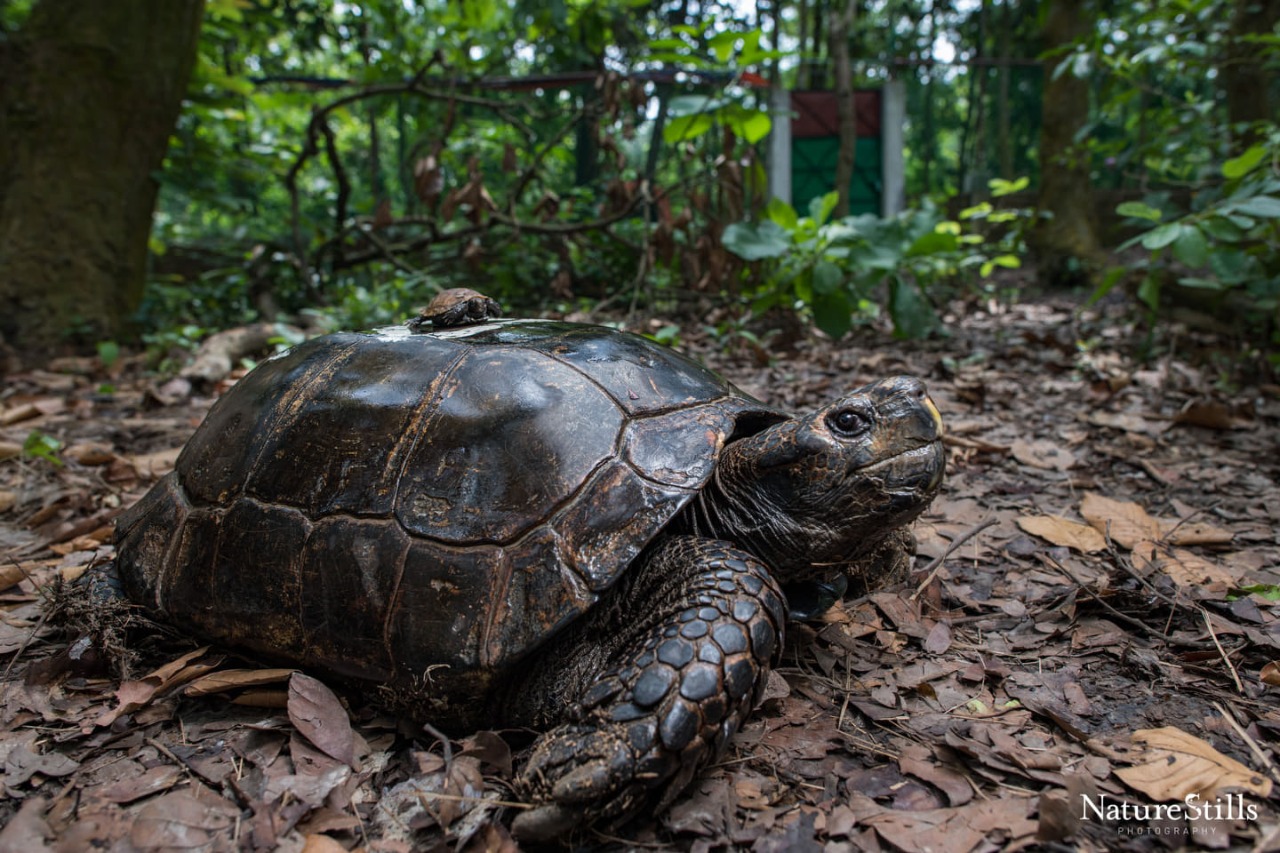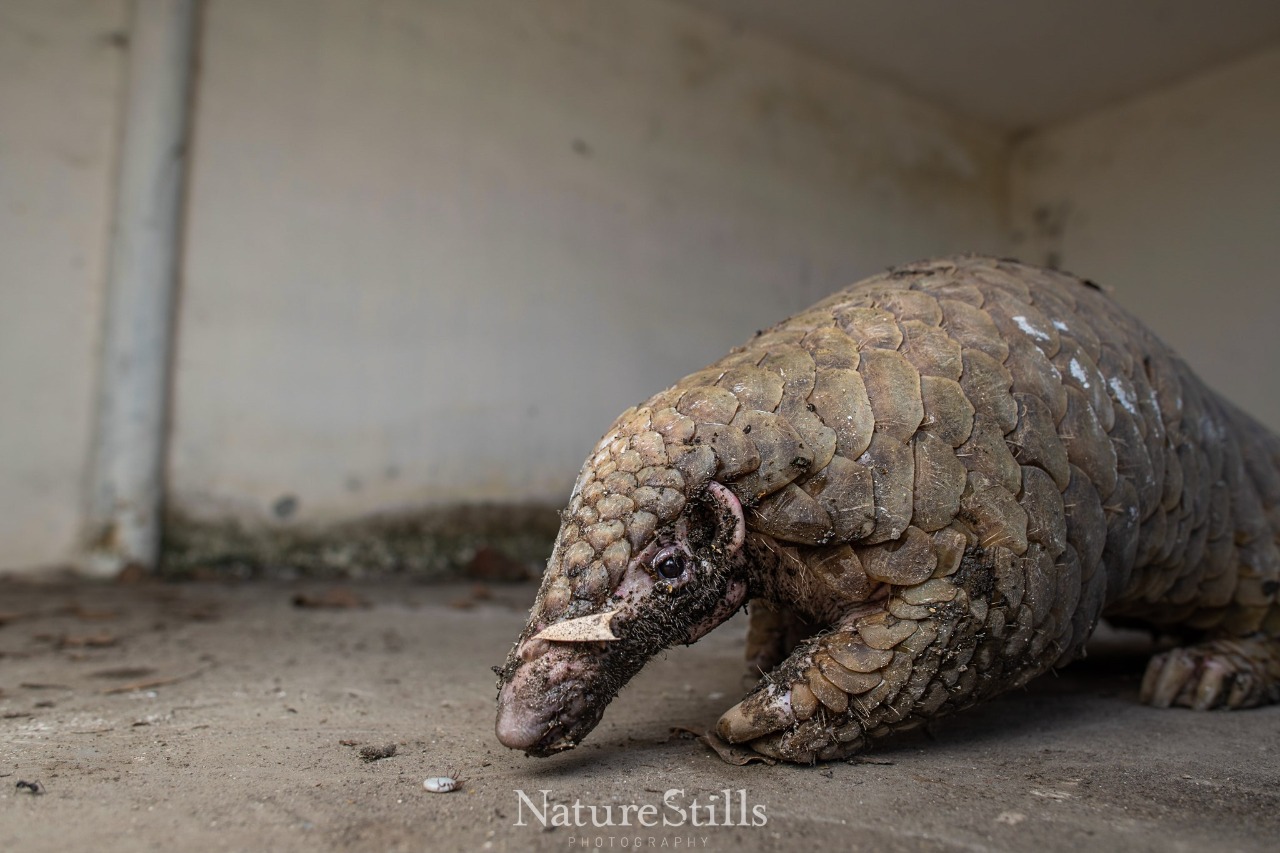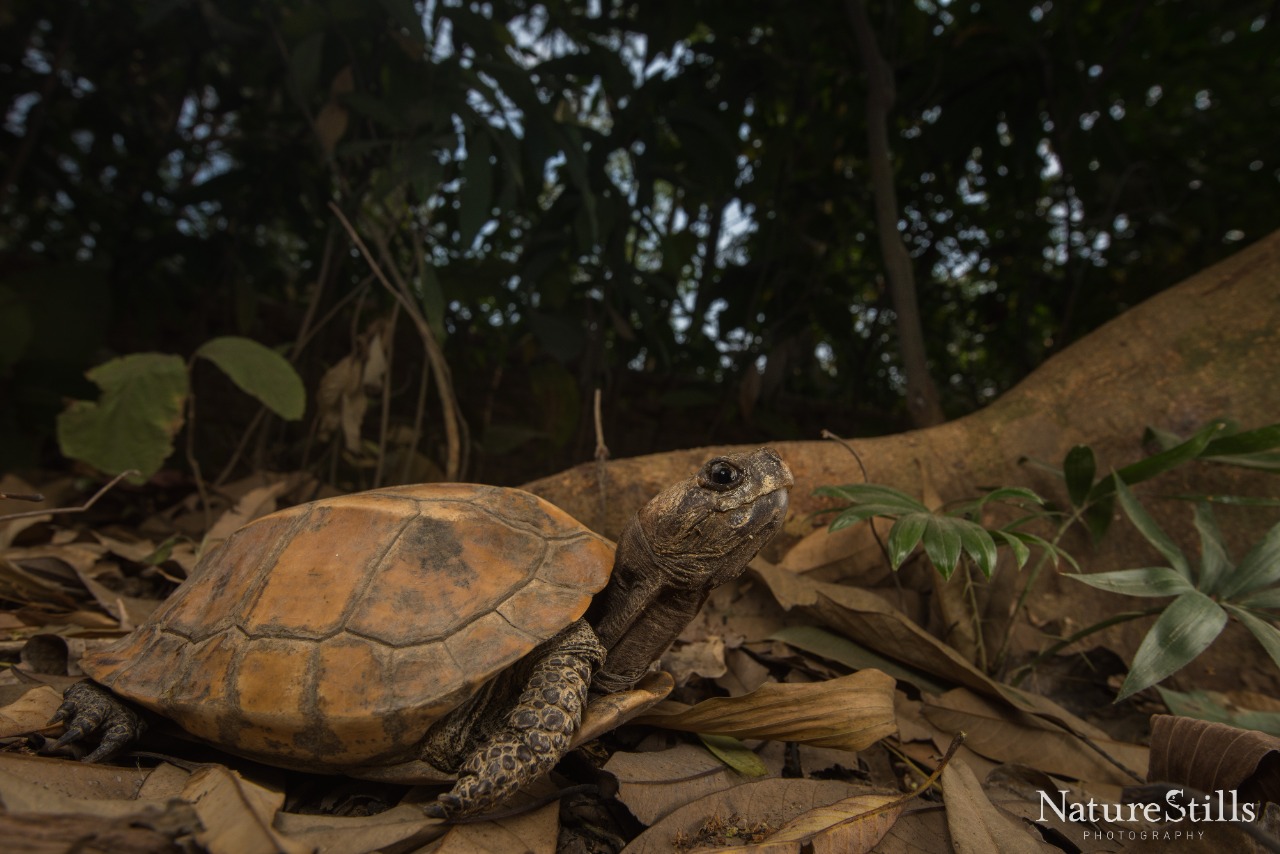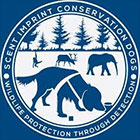OUR CURRENT AND PAST PROJECTS
Country Bangladesh
Partners : global conservation force
K9 Clive
Over the course of the past seven years, our Creative Conservation Alliance (CCA) team has developed successful conservation programs in the Sangu Matamuhuri Reserve Forest (SMRF), the most remote area of the infamous Chittagong Hill Tracts. Due to its remote nature and complex political ecology, this area has been given little to no attention from government agencies or conservation groups since the colonial era, despite its critical need for successful conservation measures. These factors have contributed to the SMRF being considered a “paper park” with the Bangladesh Forest Department having had no presence or authority in the region which has left at least 31 globally threatened species native to the SMRF vulnerable to extirpation.
One of these 31 threatened species is the Asian giant tortoise (Manouria emys phayrei). The genus Manouria is considered a basal sister taxon to all other tortoise genera. Evolutionary distinctiveness, coupled with its Critically Endangered designation, makes this genus a high conservation priority. Furthermore, their high fecundity and hardy nature suit them well for a conservation breeding program. According to our extensive interview and visual survey information, which utilized the traditional ecological knowledge of the Mro indigenous community, we consider the current populations of M. emys here to be approaching functional extinction. The few remaining wild individuals of M. emys in Bangladesh reside within the SMRF in the southeastern most region of the Chittagong Hill Tracts. Though this AZA SSP species has been bred successfully in many Western countries, as well as other range countries such as India and Myanmar, no release of captive bred individuals into native habitat has been attempted. Additionally, no dietary information exists for juvenile (<3 kg) M. emys in a natural setting. Our organization is now poised to begin a population reinforcement project which will hopefully reestablish a self-sustaining, breeding population of wild M. emys in Bangladesh.
Moving forward, our project aims to locally address present threats to M. emys and their habitat within and near the SMRF which primarily include subsistence hunting by local indigenous communities and illegal logging leading to habitat degradation and fragmentation. The gaining of relevant stakeholder support is also a key aspect of this project. Currently, adequate support from local and national-level stakeholders is lacking to engage in a large-scale population reinforcement initiative. The ceremonious release proposed herein will be conducted in close partnership with the relevant stakeholders and be publicized widely. Coupled with improved community support will have long-term conservation impacts in the region and will also gain additional support for our initiatives from local stakeholders. Additionally, the positive response from the ceremonious release, coupled with the survival of the released hatchlings will garner the requisite stakeholder support needed to pave the way for launching an effective population reinforcement initiative. We are confident that with local support and continued population reinforcement within our secure ICCAs, coupled with effective community patrolling, a viable breeding population can be established once again in the Chittagong Hill Tracts
K9 Clive would help
The detection dog Clive would help us to estimate the population size and density of the tortoise population.



